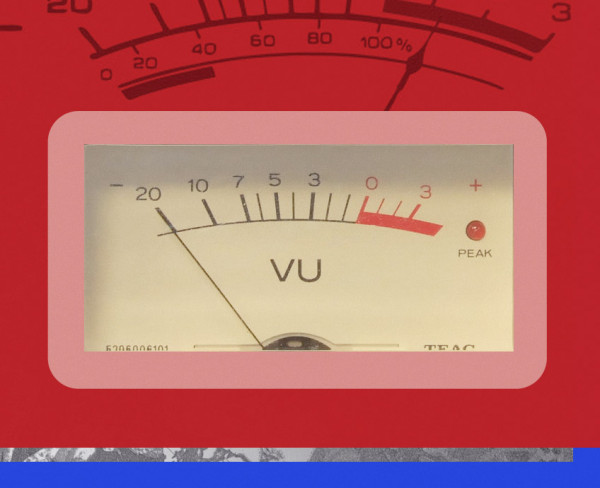One question a lot of producers ask is ‘should I be mastering my own music?’
It’s rare to find situations where a professional producer masters their own tracks, as it’s a service many record labels provide, often with their own or preferred mastering engineer, to ensure quality and consistency across their releases. Additionally, an increasing number of producers work with mixing as well as mastering engineers, so they only need concern themselves with the compositional aspects and less of the technical side, although some producers would rather have as much control over the process as possible, so would insist on producing the final mixdown themselves.
For a producer starting out though, or even a professional in some situations, getting a handle on mastering music can be very useful, for example if wanting to polish and fatten up tracks for sending to labels or trying out on the dancefloor. For this reason, it’s a good idea to have an understanding of the basics of mastering and some of the key steps involved in making sure your music stands up against professional releases.
What software do you need to master your music?
All DAWs come with factory effects that are easily adequate for mastering, once you know how to use them. These include compressors, EQs, multi-band dynamics and limiters:

DAWs tend to be slightly less well equipped in the stereo widening department, but normally at least have some kind of basic width adjustment plugin. Additionally, DAW EQs will often have the ability to function in modes particularly well suited for mastering, like Mid/Side:

Alternatively, 3rd party mastering plugins that incorporate all of these different processes into a single interface can be utilised for even more immediate results. iZotope's Ozone is a popular example of this, as it also has plenty of useful presets and helpful tools for ensuring a high quality master is achieved:

For an example of some of the superb features in Ozone 8, check out this tutorial from Joshua Casper on Dynamic EQ, from the Producer’s Guide to Ozone 8:
What are the main steps involved in music mastering?
1. Analysis
The first step for anyone mastering a track is analysis, meaning both listening to and looking at it. Although a lot can be worked out by the ears, there are an abundance of meters for obtaining information about frequency content, stereo width, perceived loudness and so on. By deducing this, the engineer can then address any issues in the remainder of the mastering process.

2. Correction
The next stage of the process is often fixing any problems that arise from the analysis. These are commonly issues relating to the frequency spectrum, where there may be resonances or unwanted frequencies, which can be removed with narrow EQ bands. More advanced setups can apply dynamic EQ, which are bands that only activate when offending frequencies occur, should they be periodic.

3. Balancing
Once problems are tackled, the engineer can adopt a broader approach, looking at wider bands across the spectrum and working out where gentler boosts or cuts need applying to smooth things out.

4. Enhancing
Sometimes a mix might need a bit more energy or sparkle, or perhaps all be a bit narrow and lacking in width, so it’s common for various enhancers to be utilised. These are tools like expanders, which work in the opposite way to compressors, increasing rather than decreasing the level of all or part of a signal, or stereo enhancers, which use numerous different techniques to make a mix nice and big!

5. Maximising
Finally, the mix needs to be up to loudness standards, so it compares well with other released music on the market. This means both that the peak level is no more than 0dBFS, but also that the average level (RMS) is high enough for the track to be adequately loud. Limiters are employed at the end of the mastering chain for this purpose.

In our Producer’s Guide to DIY Audio Mastering, Adam Goodlet describes an 8-step process for mastering using only built-in DAW effects. Here’s an excerpt from that course, where he gives some tips for dynamics processing, with regular and multi-band compressors:



